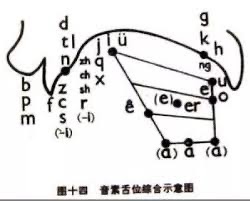I find this group really hard to understand when it comes to the tongue position. There is an old topic but it’s from 2016 so I thought I’d be better of making a new one.
I’m suppose to get my tongue all flat down at the back and my tip against my lower front teeth.
What part actually makes up the sound?
When I do like this the air flows between the flat tongue and out of my front upper teeth, I don’t understand how to use my tongue to make sounds in this position.
Can anyone clarify?

